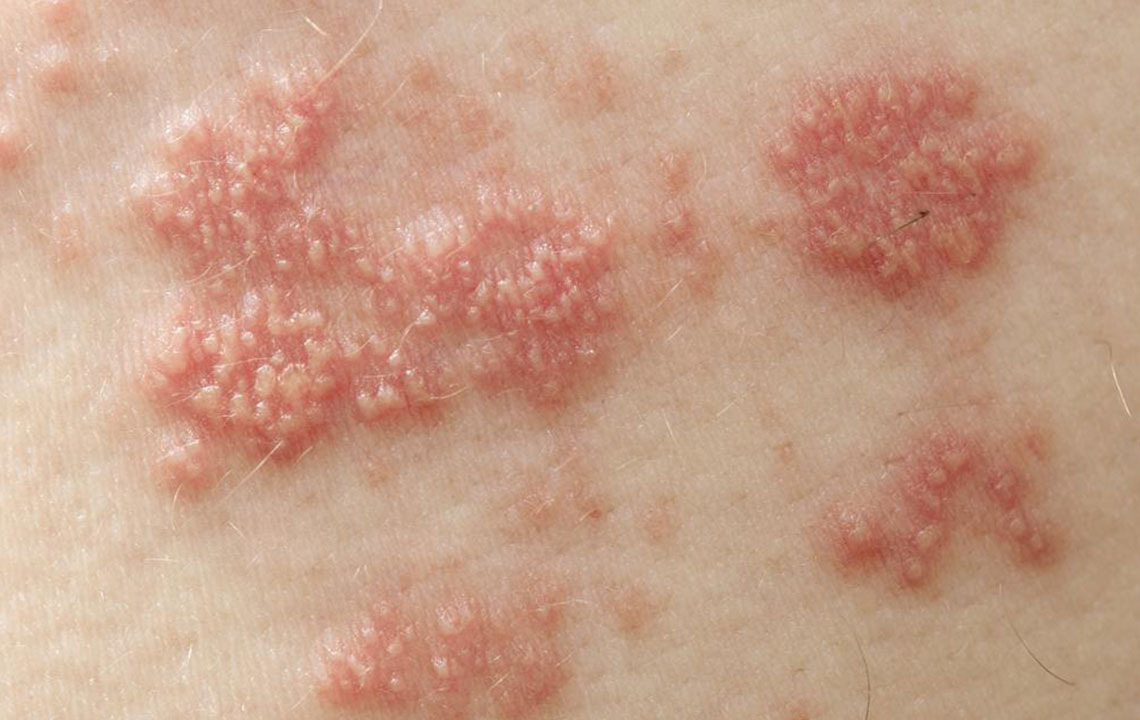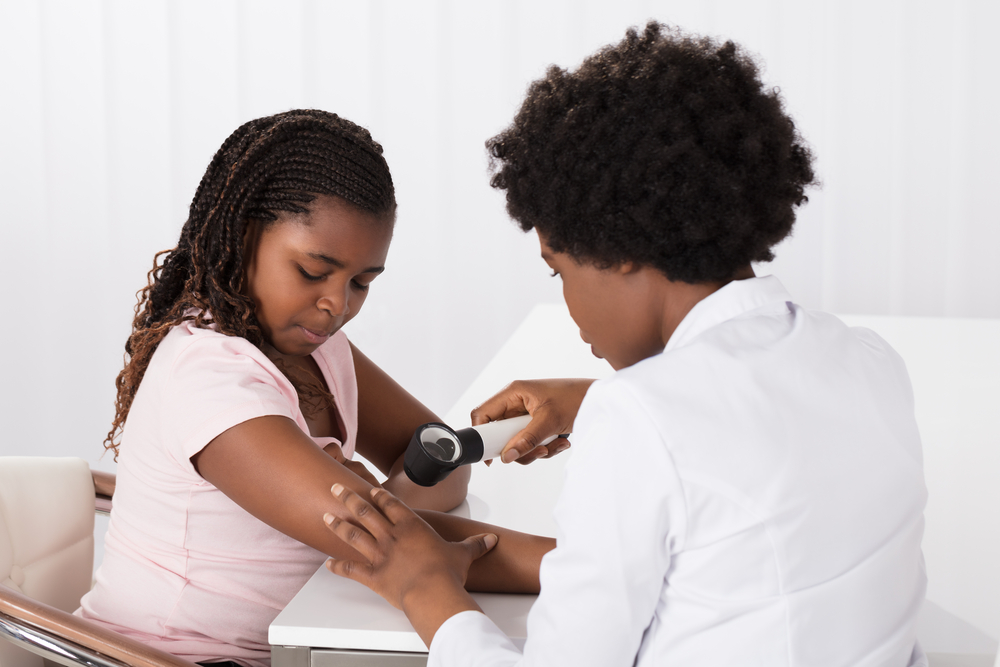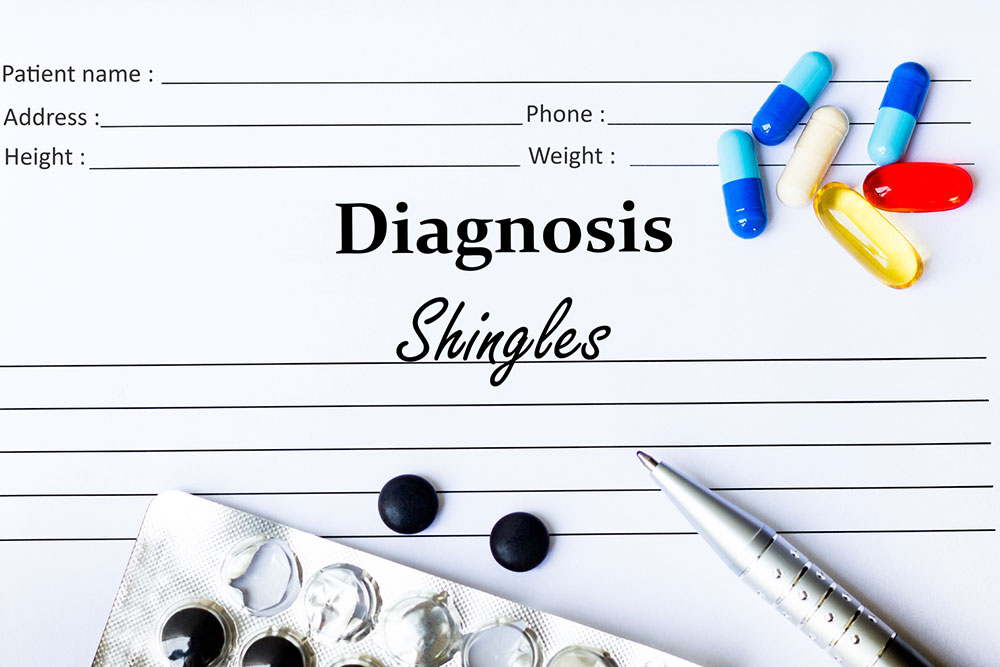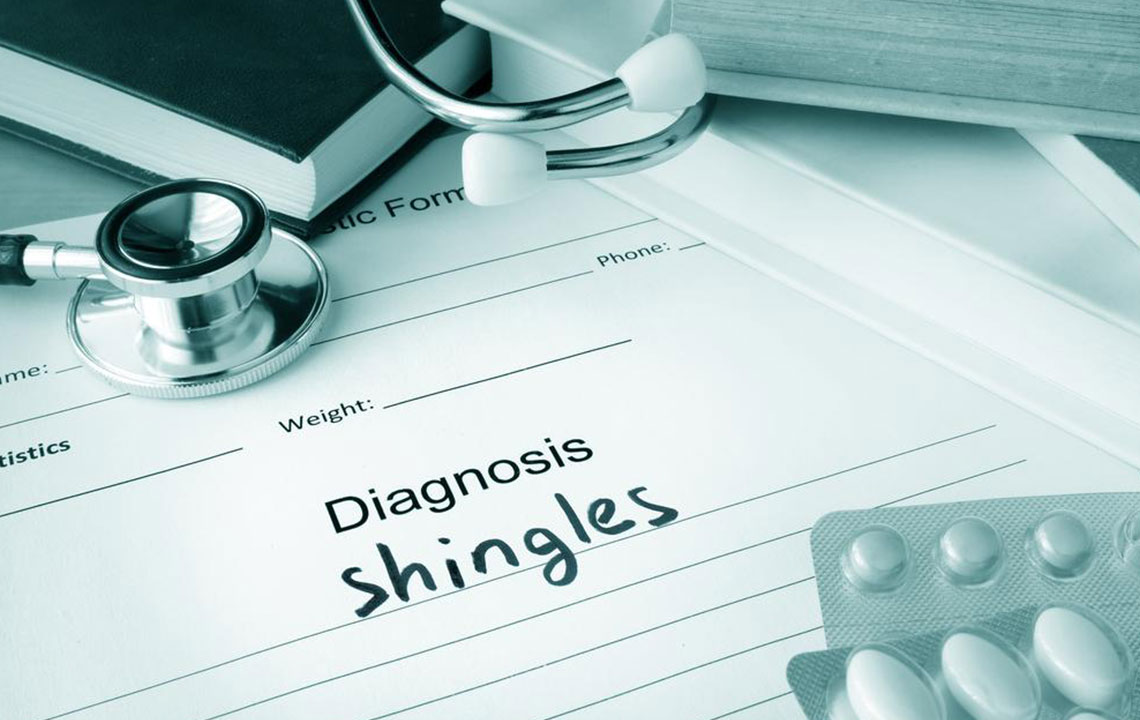Comprehensive Guide to Effectively Managing and Treating Shingles
Learn effective strategies for managing shingles, including medical treatments, natural remedies, and lifestyle tips. This comprehensive guide explores antiviral options, symptom relief, and ways to prevent complications like postherpetic neuralgia. Early intervention and holistic care can significantly improve recovery outcomes and reduce discomfort associated with shingles, especially in at-risk populations. Understand triggers, treatment options, and supportive home care to effectively handle this painful condition and promote a smoother recovery process.

Comprehensive Guide to Effectively Managing and Treating Shingles
Shingles, medically known as herpes zoster, is a painful skin condition resulting from the reactivation of the Varicella Zoster virus—the same virus responsible for chickenpox. This condition manifests as a distinctive rash, often appearing as a band or strip of blisters that follow nerve pathways on the face or body. While it can affect anyone who has had chickenpox, it predominantly impacts older adults and individuals with compromised immune systems due to stress, chronic illness, or injury. Understanding shingles and its management is essential for reducing pain, preventing complications, and promoting recovery.
The virus responsible for shingles remains dormant in the nerve roots after a person recovers from chickenpox. Later in life, or when the immune system weakens, the virus can reactivate, leading to shingles. The exact mechanisms triggering reactivation are not completely understood, but factors like aging, immunosuppression, stress, and trauma are known to play significant roles. The reactivated virus travels along nerve fibers to the skin, causing painful rashes and blisters. It's important to note that shingles is contagious—especially to people who haven't had chickenpox or those not vaccinated—since the virus can spread through contact with the shingles rash, posing a health risk.
Primary triggers for shingles include the virus re-emerging after years of dormancy, usually when immune defenses are compromised. Although there is no definitive cure for shingles, early treatment with antiviral medications can significantly lessen symptoms, speed up recovery, and decrease the risk of long-term complications such as postherpetic neuralgia. Education about symptom management and preventative measures can help patients navigate this condition more effectively.
The primary focus of shingles treatment is to alleviate pain, reduce the severity of symptoms, and prevent complications. Among the most effective approaches is the prompt use of antiviral drugs such as acyclovir, valacyclovir, or famciclovir. These medications are most beneficial when administered within the first 72 hours after rash appearance, as they can cut down disease duration and lower the risk of postherpetic neuralgia—a painful condition that leads to long-lasting nerve pain.
For persistent discomfort, doctors might recommend additional pain management strategies, including antidepressants like amitriptyline or topical treatments such as capsaicin creams. In more severe cases, corticosteroids might be prescribed to reduce nerve inflammation and swelling, especially when the immune response needs to be modulated more aggressively. Proper pain relief and anti-inflammatory measures are crucial for improving the patient’s quality of life during recovery.
Postherpetic neuralgia remains a common complication, affecting a significant minority of shingles patients. It is characterized by prolonged nerve pain that persists even after the rash heals. To manage this, over-the-counter options like topical anesthetics, anti-seizure medications, and certain antidepressants can be effective in providing relief. In rare cases, if shingles spreads extensively or threatens vital organs, a combination of antiviral drugs and antibiotics may be necessary to curb the infection’s progression. Eye shingles, or herpes zoster ophthalmicus, require immediate antiviral treatment along with supportive care such as soothing compresses to protect vision.
Home and natural remedies can complement medical treatment to support recovery and reduce discomfort:
Soothing baths infused with colloidal oatmeal or cornstarch can help calm itching and irritation. Always use lukewarm water to prevent aggravating blisters.
Applying cool, damp compresses to affected areas can provide temporary relief, reduce inflammation, and soothe pain. Avoid direct contact with ice or very cold packs to prevent skin damage.
A paste made from cornstarch and baking soda can be applied to the rash to alleviate itching and inflammation. This natural remedy can be used for 15-minute intervals as needed.
Optimizing immunity through a nutrient-dense diet is essential. Consuming foods rich in vitamins A, B-12, C, and E—such as citrus fruits, leafy greens, eggs, poultry, and tomatoes—can strengthen the immune response and promote faster healing.
As part of holistic care, maintaining overall health, managing stress, and ensuring adequate sleep are vital. Patients are encouraged to follow their healthcare provider’s advice carefully, adhere to prescribed medications, and monitor symptoms for any signs of complications. With early intervention, appropriate medical treatment, and supportive home remedies, most individuals recover fully from shingles while minimizing painful sequelae.





